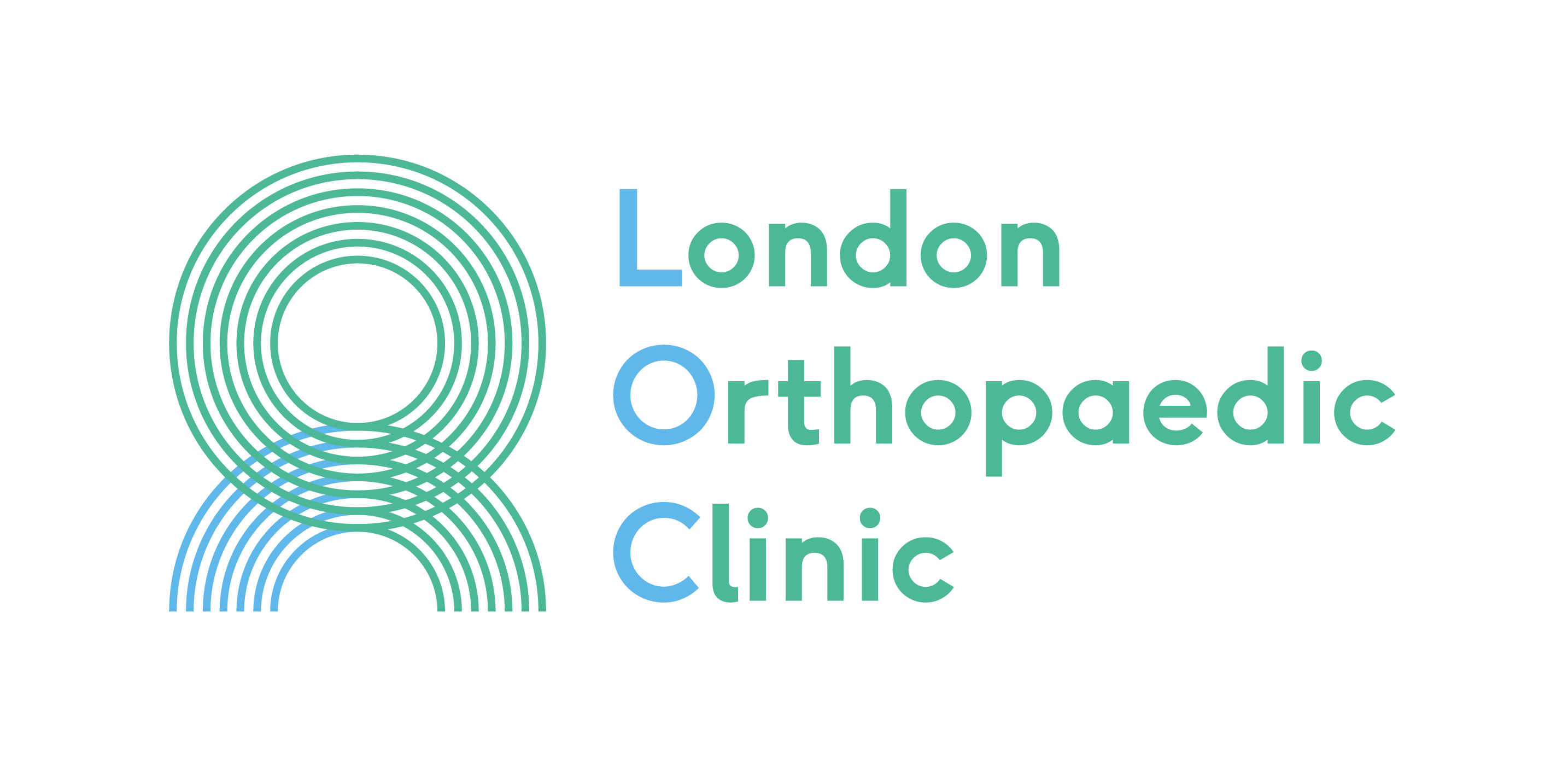Osteoarthritis
Osteoarthritis
What is osteoarthritis?
Osteoarthritis (OA), also known as degenerative joint disease, is the most common type of arthritis and a leading cause of disability in older people.
OA can occur in almost any joint in the body, although it most often affects the large weight-bearing joints, such as the hips and knees. Joints that we utilise frequently in our day-to-day lives, such as the joints of the hand, feet, and spine, are also commonly affected.
In a healthy joint, the ends of the bones are coated with a tough rubbery material known as cartilage; this cushions the joint and enables the bones to move against each other.
In OA, the cartilage layer becomes stiff and loses its elasticity, and its surface becomes rough. The cartilage may break down and eventually wear away in places, causing the underlying bones to rub together.
Although the exact cause of OA is not known, several factors are thought to increase the risk of developing this condition:
- Joint overuse – repeated mechanical stress to the joint (e.g. due to work or sporting activities).
- Age – the risk of OA increases as you get older.
- Hereditary factors – OA tends to run in families (particularly OA of the hand).
- Obesity – being overweight puts additional strain on the joints, especially the knees and hips.
- Severe joint trauma – accidents or sporting injuries involving damage to the ligaments or bones can lead to OA later in life.
Signs and symptoms of osteoarthritis
OA symptoms typically appear gradually and get worse over time. Symptoms may also come and go.
You may notice the following:
- Pain in the joint during an activity or after exercise.
- Stiffness in your joints, which may be more noticeable in the morning or after periods of inactivity.
- Loss of flexibility, where you are unable to move the joint through its full range of motion.
- Hearing or feeling a grating sensation while using the joint.
- Joints that feel tender after applying light pressure.
- Swelling and redness around the joint, typically in the hands.
- Bone spurs – small bony growths that occur around the joints.
How is osteoarthritis diagnosed?
If arthritis is suspected, it’s important to get an accurate diagnosis. During your first appointment at The London Orthopaedic Clinic (TLOC), the doctor will ask you questions about your symptoms, such as when they started and how they have developed, how they affect your daily life, and any factors that make them worse or better.
Your doctor will take a personal and family medical history to see if OA runs in your family. They will also perform a physical examination to closely assess the affected joint(s). Sometimes, imaging tests (X-rays) and laboratory tests (blood tests or joint fluid analysis) may be necessary to assess the extent of the disease or rule out other problems.
What sort of treatment can I expect?
OA is a long-term condition for which there is currently no cure. However, there are numerous methods and treatments available to manage the symptoms and to slow down progression of the condition by protecting your joints.
Losing weight if you are overweight is important for reducing the strain on your hips, knees, and feet. Wearing appropriate footwear can also help reduce the stress. In addition, your doctor may advise regular gentle exercise; this can increase muscle strength and tone, which in turn helps to stabilise and support your joints.
Physical and/or occupational therapy is often recommended to help improve your ability to perform daily activities. Your doctor may also suggest using special devices such as splints or braces while exercising or during day-to-day activities. These devices can help take the pressure off your joints and are particularly useful when experiencing a flare-up of pain.
Pain relief medications such as paracetamol can be taken for mild to moderate pain, as well as non-steroidal anti-inflammatory drugs (NSAIDs) such as ibuprofen and naproxen. Alternative treatments like acupuncture and massage may also be effective for controlling OA pain.
Maintaining a healthy, well-balanced diet has been shown to reduce some of the symptoms of OA. The British Association of Dieticians recommends 1-2 portions of oily fish per week and taking vitamin D supplements during the winter months.
When the above approaches haven’t been successful, it is important to get medical advice as there are several new treatments that may help, such as viscosupplementation with hyaluronic acid derivatives like OSTENIL®. There is increasing evidence for the use of platelet rich plasma (PRP/ACP) injections alongside stem cell therapy in certain cases which can regenerate the joints themselves. If there is significant damage to the joint, surgical replacement may be offered if appropriate.
